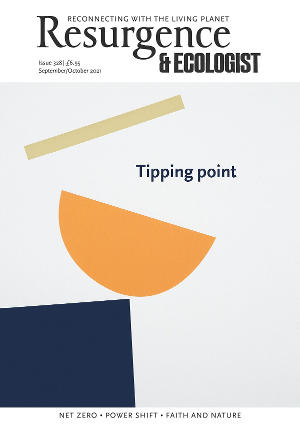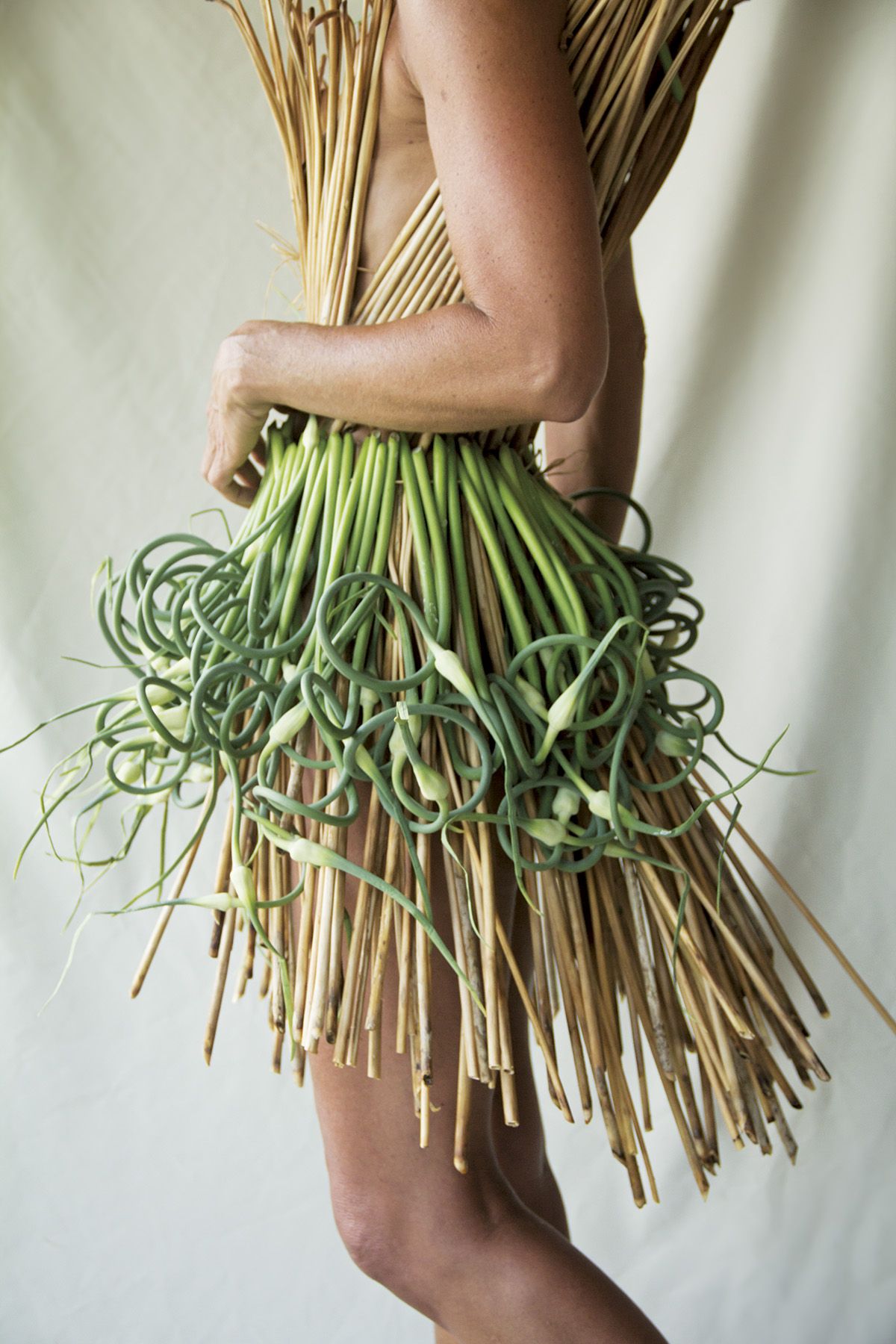Bay Garnett: You are the founder and creative director of sustainability consultancy Eco-Age, but before I even go there I just want to say that I feel that you have been talking about sustainability and ways to make changes for a really, really long time. What is it like to finally feel that you are being listened to? How do you feel about the way things are now?
Livia Firth: I feel as though we are in a great moment in history – there are so many new opportunities. Through the pandemic last year the pieces of our puzzle as a society went completely astray; the puzzle got dismantled. And we now have a fantastic opportunity to rebuild the puzzle in a different way. I think it was the first time in our generation – in our lifetime – that we felt connected to everyone around the world. Covid is everywhere – it is not a problem that is regional. It happened everywhere.
This is the first time I think that we have felt united, and this becomes very important when it comes to our choices. When we rebuild this society, hopefully we will not lose this feeling of being united. And we can bring this unification to fashion. Before, when we were struggling to make sure that people understood that when they bought an item it was making a connection to women from the opposite side of the world who were producing these clothes in what might be a condition of slavery, they might have said, “Poor women, but I don’t care.” Now hopefully they will have seen images of these women who are not being paid properly, who are going hungry and working in terrible conditions – and they will suddenly feel that connection established in a fresh way.
So I feel like this is a beautiful moment to start really banging the drum, and not to stop banging as activists, because at the moment the ground is very fertile for change.
BG: Where did your passion for sustainability come from? A good friend of mine who works in sustainability once said to me that it is like catching a bug – once you start, you can’t come back from it.
LF: There wasn’t a moment that I caught that ‘bug’. Big fast fashion didn’t exist when I was growing up. I grew up with a working father who supported his wife and me and my four siblings, so my mum and dad were sustainable because they had to be. My mum would buy energy-saving lightbulbs in the 1970s because she had to save money. I grew up in a way where sustainability was like common sense. Later in my life my activism was with human rights, and I never made the connection of human rights with fashion until I went to Bangladesh. And then I met those women, and I couldn’t believe what I saw. It was 2008, and that was really the first time the penny dropped – and I caught the bug and approached sustainability from a social justice point of view rather than an environmental point of view.
For us at Eco-Age, social justice and environmental justice go hand in hand. The fashion industry is a human industry, and the repercussions on the environment have been caused by the explosion of fast fashion, which can only happen when you use slave labour. Without slave labour you could not have fast fashion – it is as simple as that. You cannot expect to buy something super-cheaply and expect it not to be at a huge cost to somebody else. But it really is ridiculous – the level of brainwashing that triggers in us this enormous level of consumption. The business of fast fashion made us believe in our souls that it is our democratic right to buy cheap.
BG: What do you say to the argument, what if you don’t have money? I say, buy second-hand! What do you say?
LF: I grew up without money. Like you I wore second-hand clothes. You don’t have to have money to buy clothes – and that is the problem; they made you think that it is your right. I recommend that everyone watches The True Cost [a documentary film by Andrew Morgan, executive producers Livia Firth, Lucy Siegle and Andrew Morgan].
BG: I feel that the idea of the movie star on the red carpet has shifted somewhat. Do you?
LF: The red carpet is the most powerful form of communication ever, and this is why when we started the Green Carpet Challenge in 2010 we used that gigantic platform for something else. I will always be grateful for that red carpet visibility to promote something else. Without the Green Carpet Challenge, we would have taken much, much longer to establish the fact that sustainable fashion has nothing to do with how something has been designed. If a gown looks beautiful, it has nothing to do with whether it is sustainable or not. But before, there was an association that sustainable fashion was brown and hemp, and the Green Carpet Challenge was instrumental to showcase that Valentino, Armani – they could design the most perfect gown, but it had been made out of recycled plastic bottles.
BG: But why don’t the designers do that all the time?
LF: They started doing it because of the Green Carpet challenge. So by putting a foot in that door to make one gown, we got a lot of designers thinking differently. So a lot of brands are using more recycled fabrics. The future of the Red Carpet will be very interesting.
BG: Which fast fashion brands are particularly culpable?
LF: ALL OF THEM. People only need to watch The True Cost to understand the extent of their exploitation, at every level. That documentary changed everything.
BG: Tell me about Eco-Age.
LF: Eco-Age is a totally unique integrated sustainability consultancy. We do all the strategies, we implement them, we communicate – it’s a 360-degree operation. We were the first people to combine the technical expertise to assess the companies, so when we communicate on behalf of the company, because we had done the work and research with them we know exactly what we are talking about. All our communication strategies are completely honest. There is no point in doing something if you are not honest, right?
BG: I’m into the second-hand thing, and for me that is truly the only sustainable way to shop. Do you agree?
LF: I think the only realistic solution is to stop buying a lot. What each one of us can do is really think about whether they will wear the item for a minimum of 30 times. If the answer is yes, then buy it. If the answer is no, then put it back. You will be surprised by how often the answer is no. That is the point. We buy without needing it. I feel like we got distracted about sustainability and what sustainable fashion is – first and foremost we need to stop buying so much and just be happy with what we have in our closets.
Bay Garnett is a fashion stylist and senior independent fashion adviser for Oxfam. She was the first to include vintage pieces in luxury shoots, bringing thrifting into the mainstream.
The Green Carpet Fashion Awards are set to take place in October 2021. For more information on Ego Age: www.eco-age.com .
Bay Garnett will be joining us for our next Resurgence Readers’ Group on 7 September 2021, 7-8pm. This is a free event. Book here: www.tickettailor.com/events/theresurgencecentre/556416








